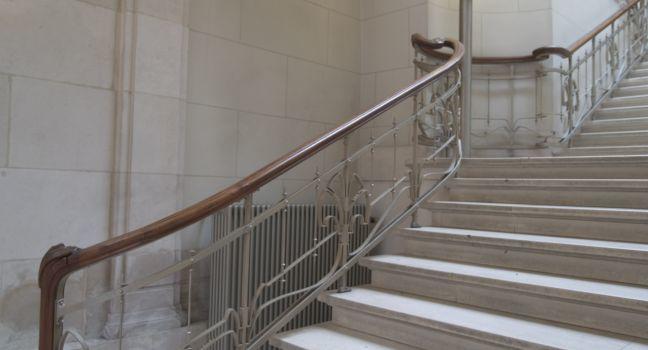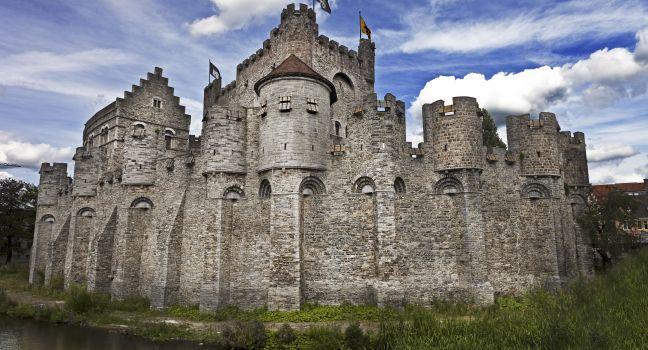Abbaye d’Orval
Around 29 km (18 miles) southeast of Bouillon, this magnificent abbey is known throughout the world for its famous Trappist beer, but you will need your own transport to reach this remote corner of the country. Founded by Italian Benedictines in 1070, and once one of Europe’s richest and most famous monasteries, the abbey flourished for 700 years before being destroyed by French troops in the aftermath of the French Revolution. It was rebuilt between 1926 and 1948 under the supervision of Marie-Albert Van der Cruyssen, a monk and builder from Ghent who started the brewery in 1931 in order to finance the rebuilding project. Sadly, the brewery and most of the monastery’s buildings are closed to the public, but you can visit the grounds and tour the ruins of the original abbey. The gardens contain the spring where Mathilde, Duchess of Lorraine, once dropped her wedding band, only to have it miraculously returned by a trout—the magical fish is now the abbey’s trademark symbol. A film in English describes life in the monastery, and the 18th-century cellars house a small museum.






